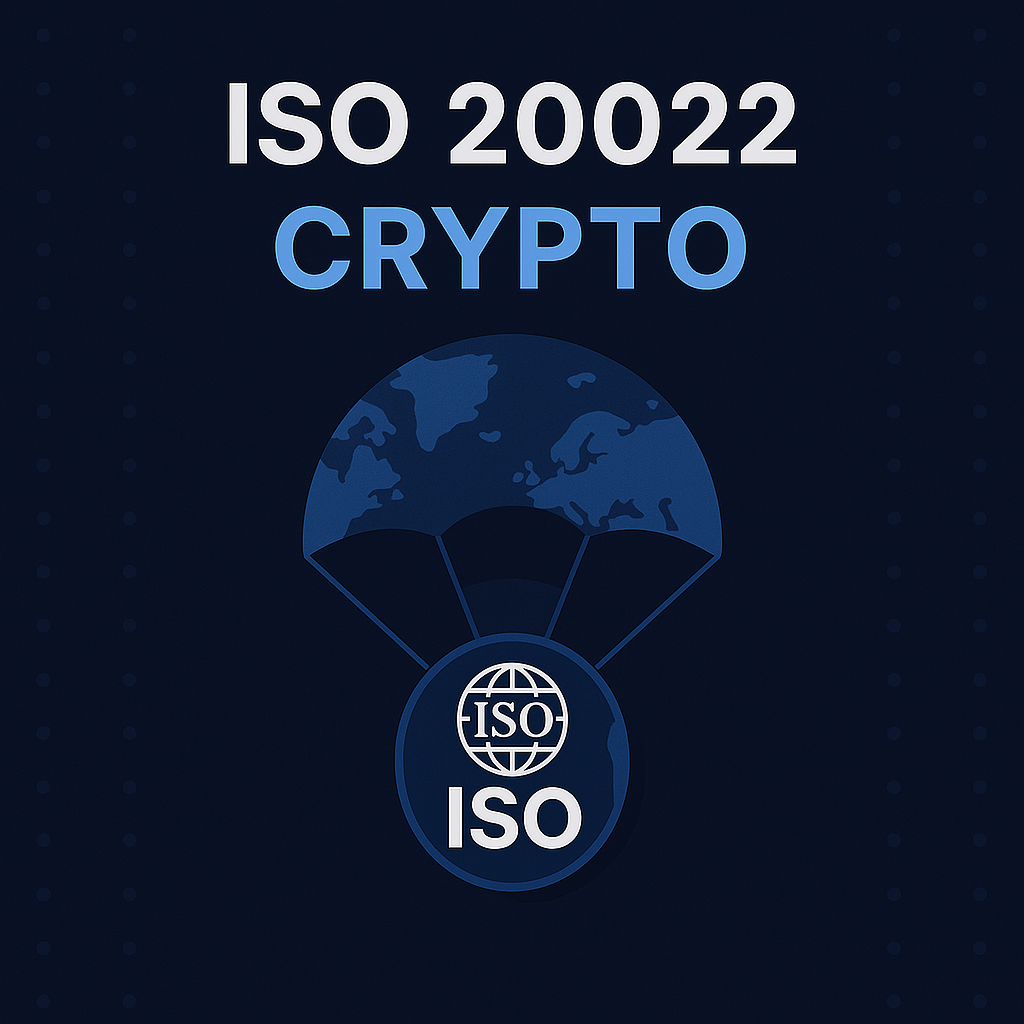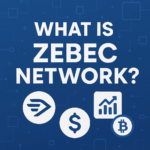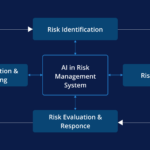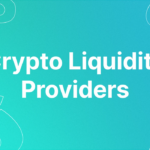In this article, I will explore the emerging category of ISO 20022 Crypto, a set of digital assets specifically architected to synchronize with the ISO 20022 financial messaging standard.
Among them, cryptocurrencies like XRP, XDC, and Stellar are positioned to elevate global interoperability, regulatory adherence, and operational efficiency in cross-border payments, supporting financial institutions as they migrate to this harmonized messaging framework.
Key Point & ISO 20022 Crypto
| Project | Key Point |
|---|---|
| XRP (Ripple) | Enterprise-grade payment protocol enabling fast, low-cost international transfers. |
| Stellar (XLM) | Open-source network optimized for cross-border payments and financial inclusion. |
| Hedera (HBAR) | High-throughput public ledger using Hashgraph for fast, secure, and fair consensus. |
| Algorand (ALGO) | Scalable and secure Layer 1 blockchain offering near-instant finality and low fees. |
| XDC Network | Hybrid blockchain focused on trade finance, offering fast, secure, and interoperable DLT. |
| Quant (QNT) | Provides Overledger OS for seamless interoperability between multiple blockchains. |
| Sologenic (SOLO) | Tokenization platform bridging real-world assets with crypto using XRP Ledger. |
| Casper (CSPR) | Energy-efficient, upgradeable PoS blockchain focused on enterprise adoption. |
| Coreum | Layer-1 blockchain built for enterprises, supporting tokenized assets and smart contracts. |
| Aperture Finance | Smart contract platform integrating intent-based DeFi execution and AI routing. |
1. XRP (Ripple)
Founded in 2012, XRP powers the Ripple network, aiming to streamline cross-border payments by cutting both time and cost to virtually zero. Unlike the decades-old SWIFT rail, XRP settles transactions in seconds, letting banks and remittance firms move value around the world with fees often less than a penny.
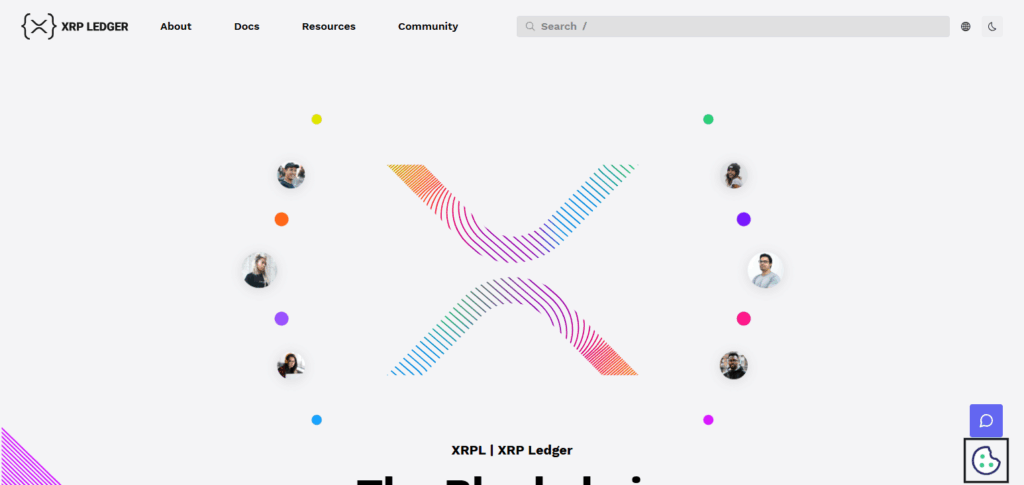
By employing a consensus ledger instead of energy-intensive mining, the network reaches confirmation in mere seconds while keeping its carbon footprint low. Positioned as a leading ISO 20022 Crypto – XRP asset, XRP fully supports the next-generation messaging standard adopted by central banks and payment networks alike.
With over 300 partners, including Santander and SBI, XRP is already a lifeline for live liquidity, ensuring its longevity in a future governed by seamless, unified ISO 20022 messaging.
XRP (Ripple) Features
- Cross-border payments settle in 3–5 seconds.
- Transaction costs are consistently low.
- Relies on Ripple Protocol Consensus (RPCA).
- Trusted by over 300 enterprise partners globally.
- Compliant with ISO 20022 Crypto messaging.
- Primarily targets banks and financial bodies.
- Can scale beyond 1,500 TPS.
2. Stellar (XLM)
Stellar was created in 2014 by Jed McCaleb as a decentralized, open-source blockchain aimed squarely at international payments. It links banks, payment services, and individual users, making it easy to move value across borders at scale.
The network specializes in quick, low-cost remittances and currency swaps, with a particular focus on populations that have limited access to traditional banking. Although Stellar is not formally classified as an ISO 20022 Crypto token—unlike XRP—its underlying design and mission parallel key ISO 20022 goals.
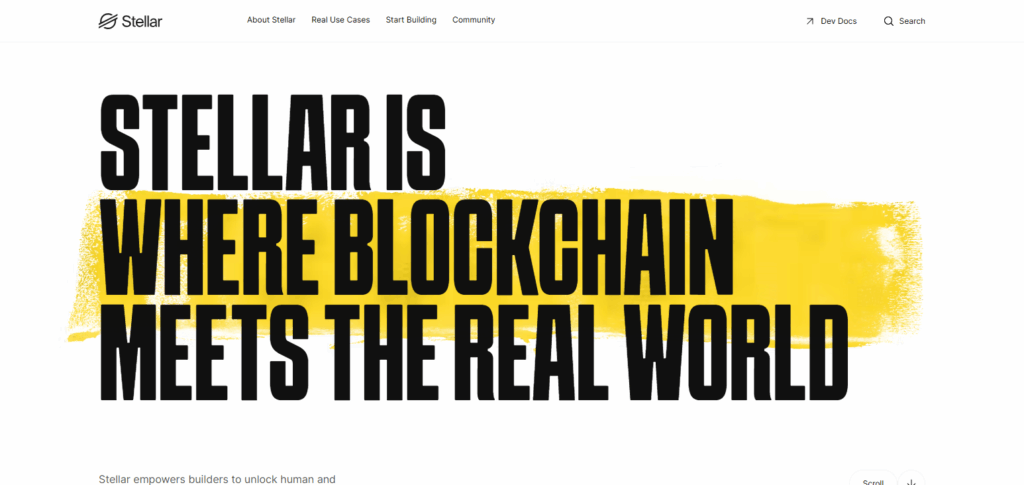
The consensus protocol delivers rapid settlement, high scalability, and low energy use. XLM, the network’s native currency, serves to cover transaction fees and keep the ledger lean.
Collaborations such as the one with IBM’s World Wire further anchor Stellar as a pivotal player in the evolving landscape of global finance.
Stellar (XLM) Features
- Open-source, community-driven architecture.
- Designed for low-cost cross-border remittances.
- Transactions settle quickly with minimal fees.
- Utilizes Stellar Consensus Protocol (SCP).
- Built with ISO 20022 alignment in use cases.
- Supports issuance and trading of digital assets.
3. Hedera (HBAR)
Established in 2018, Hedera operates as a public distributed ledger powered by the innovative Hashgraph consensus, delivering faster transaction speeds and a much lower carbon footprint than conventional blockchains.
It enables smart contracts, asset tokenization, and decentralized applications, all achieving near-instant finality. While Hedera is not yet labeled an ISO 20022 Crypto – XRP asset, its governance by a council of top-tier global firms and its enterprise-driven architecture position it well for future ISO 20022 alignment.
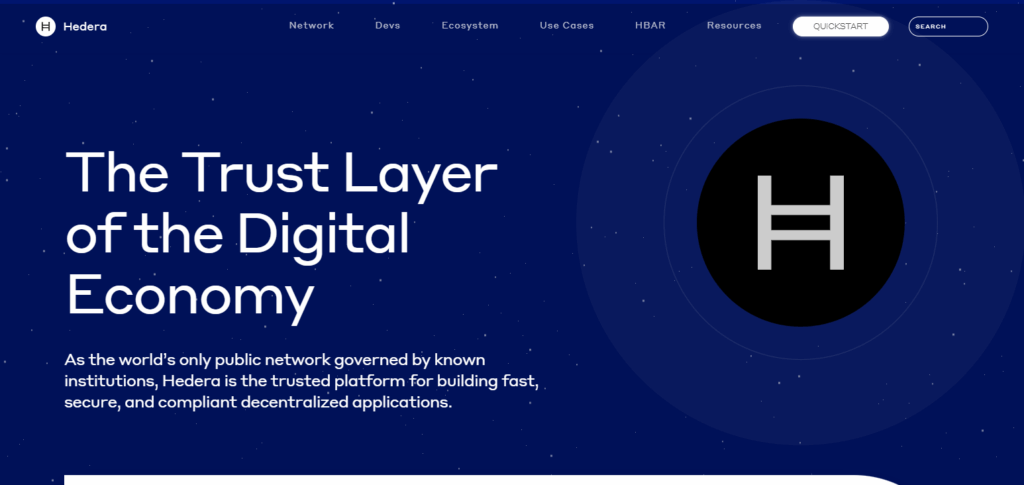
The Hedera council includes industry leaders such as Google and IBM, who collectively oversee network governance. HBAR serves as the utility token for transaction fees and compensates nodes through staking, helping to secure the ecosystem.
A strong commitment to regulatory adherence and data privacy further enhances its appeal for global institutional players.
Hedera (HBAR) Features
- Operates on Hashgraph, not traditional blockchain.
- Handles 10,000+ transactions per second.
- Achieves low-latency settlement.
- Governed by a rotating council of 39 leading firms.
- Architecture meets ISO 20022 messaging standards.
4. Algorand (ALGO)
Launched in 2017 by noted cryptographer Silvio Micali, Algorand delivers a scalable Layer 1 blockchain capable of supporting smart contracts, DeFi ecosystems, and the seamless issuance of digital assets.
Its Pure Proof-of-Stake (PPoS) consensus mechanism ensures rapid, secure, and environmentally sustainable transactions. While Algorand does not appear on the ISO 20022 Crypto – XRP designation, its emphasis on financial services resonates with ISO’s overarching objective of worldwide interoperability.
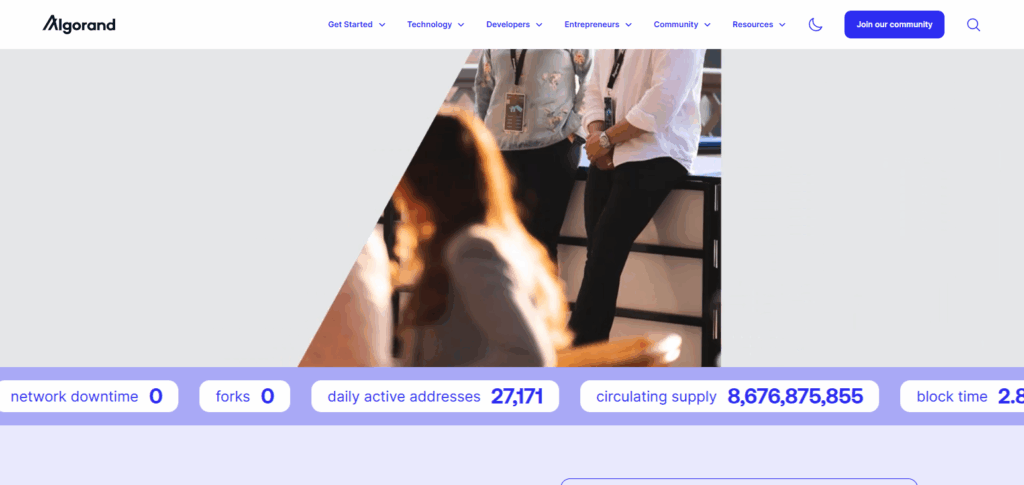
The network comfortably handles 1,000 transactions per second and achieves finality in under five seconds, making it a fitting choice for real-time financial services.
Algorand has already collaborated with central banks and financial institutions on CBDC prototypes and tokenized asset initiatives, underscoring its readiness for enterprise deployment and its ambition to integrate with the future of global finance.
Algorand (ALGO) Features
- Consensus is Pure Proof-of-Stake (PPoS).
- Confirms transactions in under 5 seconds.
- Design is fully ISO 20022-compatible.
- Scales effortlessly to over 1,000 TPS.
- Supports smart contracts and decentralized finance.
5. XDC Network
Since its 2019 launch, XDC Network—developed by XinFin—has positioned itself as a hybrid blockchain tailored for enterprise needs, with a primary focus on international trade and finance. By marrying the open transparency of public ledgers with the privacy safeguards typical of private networks, XDC delivers a balanced architecture.
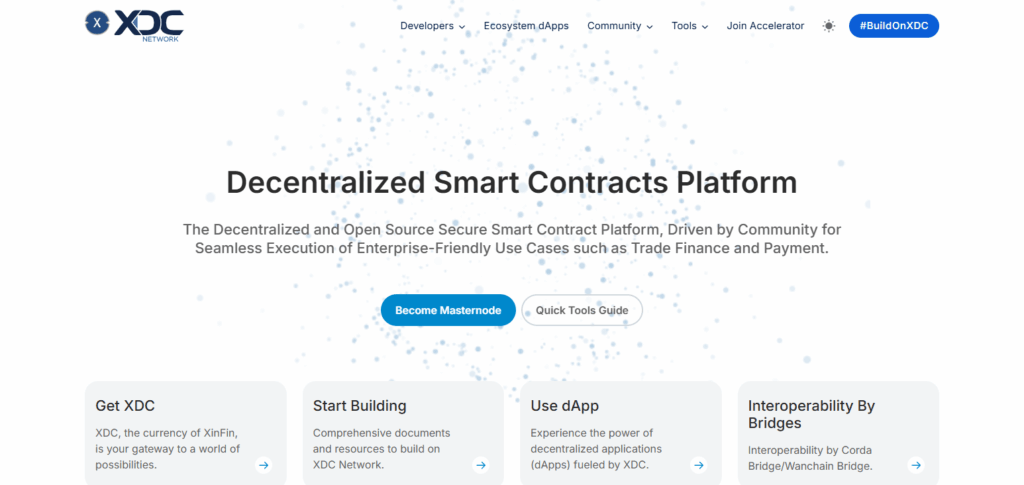
The platform employs a delegated proof-of-stake consensus mechanism, achieving both high throughput and minimal energy overhead. Its alignment with the ISO 20022 Crypto – XRP framework ensures smooth integration with emerging financial messaging protocols.
The network natively supports smart contracts and asset tokenization, designed to simplify and accelerate trade finance workflows. Strategic alliances, such as with the TradeFinex platform, underscore its practical application and regulatory readiness within the evolving landscape of global financial systems.
XDC Network Features
- Hybrid model combining public and private chains.
- Delegated Proof-of-Stake (XDPoS) consensus model
- Full ISO 20022 Crypto compatibility
- Designed for trade finance and asset tokenization
- Gas fees close to zero
- Extremely high speed and scalability
6. Quant (QNT)
Since its inception in 2018, Quant has distinguished itself by delivering genuine interoperability among diverse blockchains through its proprietary engine, Overledger OS. Instead of functioning as a conventional blockchain, Quant facilitates frictionless messaging between both public and private distributed ledger technologies.
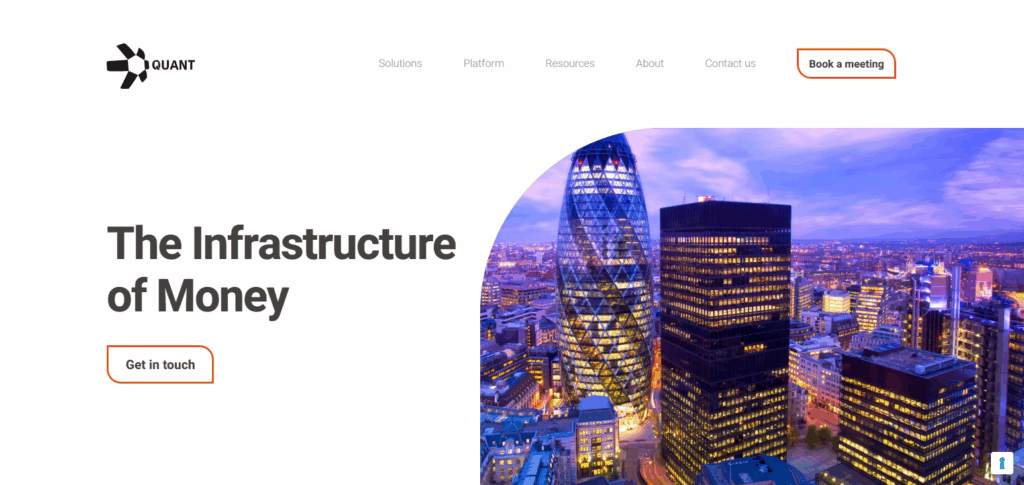
This capability underpins the cross-platform cohesion essential for the evolving digital economy. By furnishing an interoperability framework, Quant quietly bolsters the ISO 20022 Crypto – XRP storyline, allowing ISO 20022-compliant chains to interface seamlessly with legacy ecosystems.
QNT tokens grant users access to Overledger’s suite of services and APIs. Growing traction in the banking sector, supply chains, and central bank initiatives underscores Quant’s pivotal role in shaping future-ready financial architecture.
Quant (QNT) Features
- Interoperability layer, not a blockchain
- Connects multiple blockchains via Overledger OS
- LOS 20022 integration possible
- Deployed in banking, CBDC, and supply chain
- Enterprise-class security and performance
7. Sologenic (SOLO)
Sologenic, debuting in 2020, serves as a bridge between traditional finance and the expanding world of crypto by offering a tokenization layer atop the XRP Ledger. Users can convert real-world assets—such as equities and ETFs—into native blockchain tokens, benefiting from the Ledger’s rapid settlement times and negligible fees.
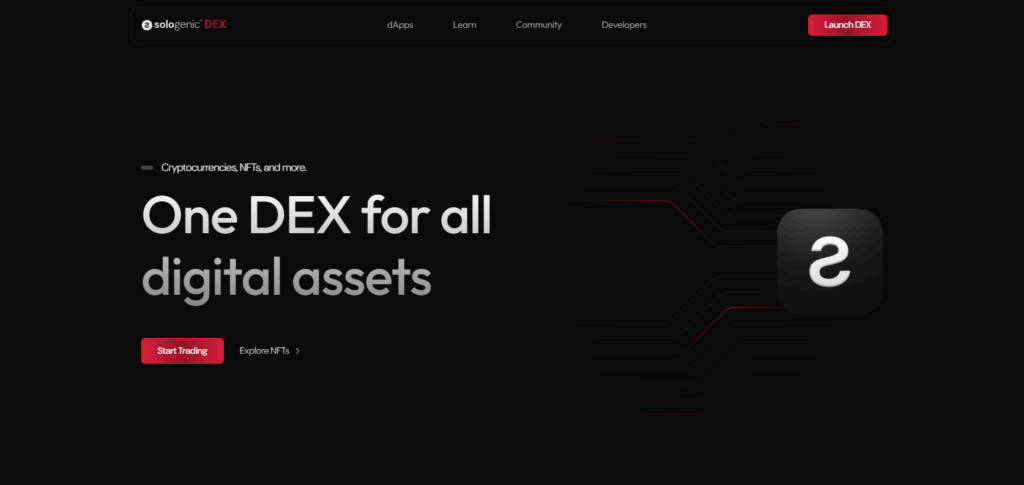
This structural advantage dovetails with the broader vision of achieving ISO 20022 Crypto – XRP compliance and seamless cross-network operability. The SOLO token energizes the platform, governing the ecosystem and facilitating trades.
By concentrating on regulated issuance, decentralization, and unrestricted global access, Sologenic is poised to reshape the intersection of legacy banking and blockchain technology.
Sologenic (SOLO) Features
- Built on the XRP Ledger
- Tokenizes real-world assets—stocks, ETFs, etc.
- Rapid, inexpensive cross-asset transactions
- ISO 20022-ready through XRP integration
- SOLO token for governance and trading
8. Casper (CSPR)
Launched in 2021, the Casper Network was engineered as a Layer-1 blockchain designed with enterprises in mind, prioritizing security, scalability, and the ability to evolve.
It leverages the Correct-by-Construction (CBC) consensus mechanism, which guarantees stable gas pricing and reduces energy footprint.
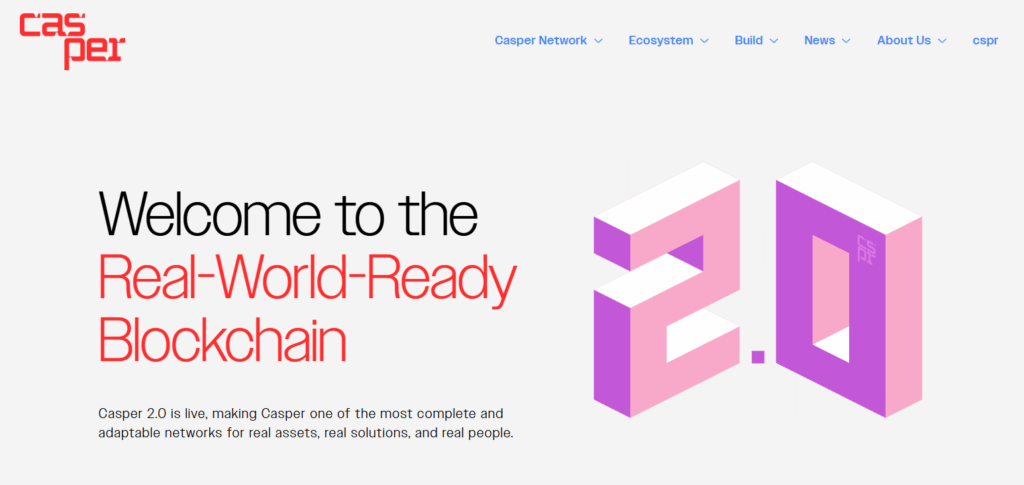
While Casper is not formally recognized as part of ISO 20022 Crypto – XRP, its smart contract capabilities and enterprise-centric architecture lay the groundwork for future alignment. Enterprises can deploy applications on the chain while maintaining sovereignty over data and policy.
Upgradeable smart contracts and built-in on-chain governance afford the network the flexibility needed to navigate changing regulations and to integrate seamlessly as global systems transition beyond ISO 20022.
Casper (CSPR) Features
- CBC Casper Proof-of-Stake consensus
- Smart contracts can be upgraded on-chain
- ISO 20022-ready enterprise framework
- Gas fees remain predictable
- Governance is on-chain and transparent
9. Coreum
Unveiled in 2023 by the Sologenic Development Foundation, Coreum operates as a Layer-1 blockchain tailored for enterprise-scale decentralized applications and comprehensive tokenization.
The platform delivers elevated throughput, programmable smart contracts, and fully customizable token standards.
While it has not yet received the formal designation of ISO 20022 Crypto – XRP, its genesis within the XRP ecosystem equips it for potential future compatibility with that standard.
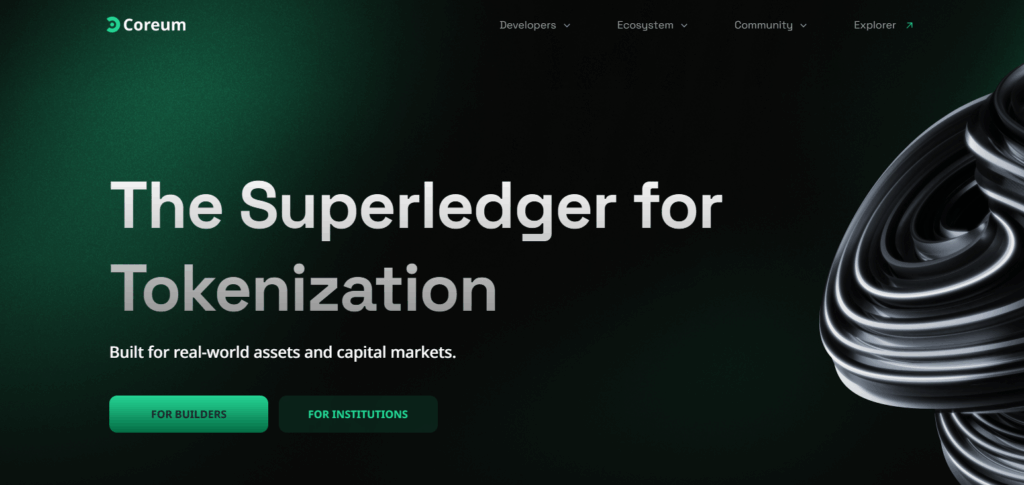
Coreum emphasizes scalability and regulatory alignment, targeting pragmatic sectors including decentralized finance, real estate, and asset-backed tokenization. The network’s native CORE asset underpins both governance mechanisms and transaction costs.
Enhanced by Inter-Blockchain Communication (IBC) capabilities, Coreum is proactively cultivating a foundation for enterprise-grade deployment amid a rapidly evolving regulatory environment.
Coreum Features
- Layer-1 chain for enterprise use
- Developed by the Sologenic team
- High throughput and scalable from root
- ISO 20022-aligned architecture (inherited from XRP)
- WebAssembly smart contracts fully supported
- Convert tangible assets into digital tokens
10. Aperture Finance
Founded in 2021, Aperture Finance delivers smart contract automation that pairs intent-based execution with AI-enhanced DeFi pathfinding. Its goal is to streamline yield harvesting, liquidity provisioning, and sophisticated DeFi strategies across multiple chains.
Although Aperture has yet to appear in existing ISO 20022 Crypto – XRP inventories, its architecture anticipates seamless regulatory onboarding. The platform prioritizes accessible DeFi automation and accommodates both Layer 1 and Layer 2 ecosystems.
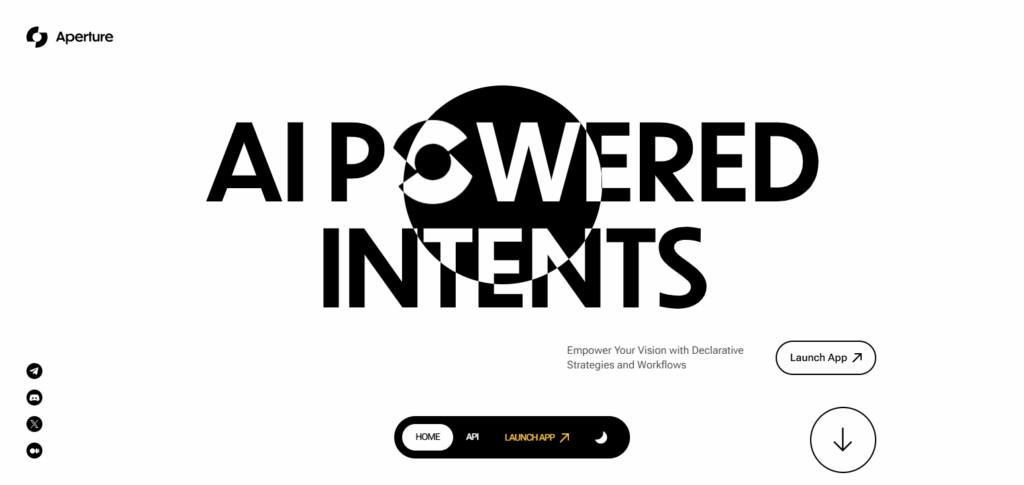
Users specify high-level intents, allowing Aperture to distill intricate transactions into single-click commands, securing optimal execution across decentralized venues.
Rising institutional appetite for DeFi suggests that Aperture’s automation and built-in compliance may soon resonate with ISO-aligned operational roadmaps.
Aperture Finance
- AI-driven execution of DeFi strategies
- Simplifies and automates intricate trades
- Designed for future ISO 20022 alignment
- Cross-chain DeFi liquidity optimization
- Smart contract workflows auto-manage tasks
- Lowers complexity for all DeFi users
Conclusion
ISO 20022’s rise as the worldwide standard for financial messaging represents a substantial pivot toward cohesive, highly structured, and information-rich dialogue spanning both banking networks and distributed ledgers.
Digital assets like XRP, the XDC Network, Stellar, and Quant sit at this leading edge, engineered from inception to meet ISO 20022 protocols and to satisfy the rigorous demands of institutional compliance, velocity, and security.
By integrating ISO 20022, these projects serve as the connective tissue between traditional finance and the growing DeFi ecosystem, permitting frictionless, low-cost cross-border payments and deep interoperability across diverse platforms.
As central banks and global financial institutions increasingly embrace the ISO standard, digital assets that adhere to its frameworks are poised to secure heightened trust and practical utility within the institutional sphere.
Stakeholders across the investment, development, and enterprise landscapes should track these projects with intent, for they are architecting a future of programmable, standardized worldwide finance.
FAQ
What is ISO 20022?
ISO 20022 is an international standard for financial messaging that enables rich, structured, and interoperable communication between global financial institutions. It replaces legacy formats like SWIFT MT with XML-based data models for more accuracy and automation.
What are ISO 20022 Crypto assets?
ISO 20022 Crypto assets are cryptocurrencies or blockchain platforms that are either compliant with or designed to integrate with ISO 20022 financial messaging standards. These cryptos are better suited for institutional use and regulated financial systems.
Which cryptocurrencies are ISO 20022 compliant?
Key ISO 20022-compliant or aligned cryptos include XRP (Ripple), XDC Network, Stellar (XLM), IOTA, Algorand, Hedera (HBAR), and Quant (QNT). These projects are built with interoperability, speed, and compliance in mind.
Why is ISO 20022 important for crypto?
ISO 20022 allows crypto assets to integrate with traditional financial systems like SWIFT and central banks, boosting adoption, regulatory trust, and use in cross-border payments, CBDCs, and institutional finance.
Is XRP ISO 20022 compliant?
Yes, XRP is one of the few cryptos that is fully ISO 20022 compliant. It is designed for fast, secure, and standardized cross-border payments and is already integrated with over 300 financial institutions worldwide.


